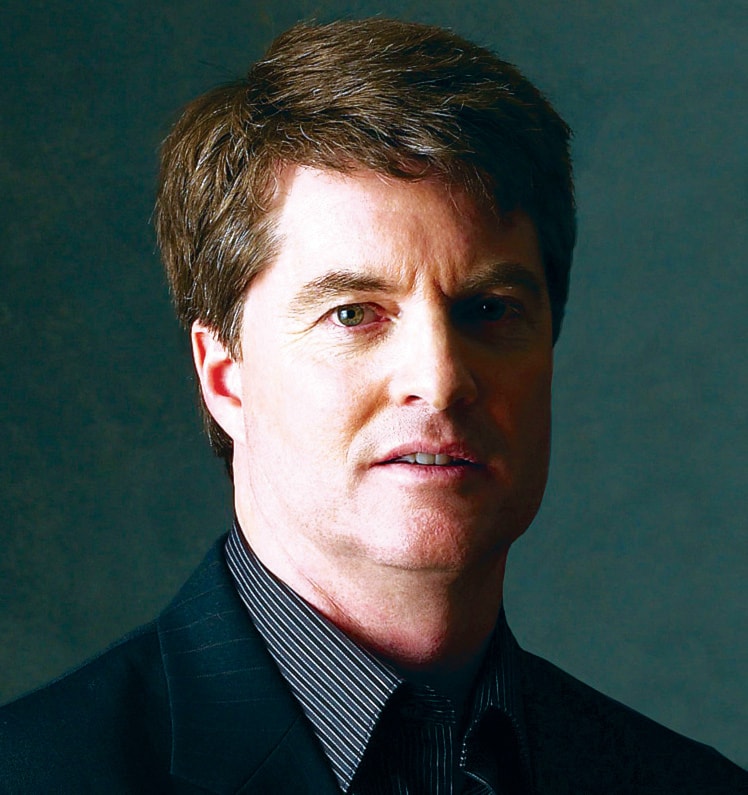MONTREAL — Dracula has risen! Again!
Forget the flurry of fang-flashers of recent years. The king of the bloodsucker set is haunting bookstores just in time for Halloween in Dracula: The Un-Dead, a sequel to Bram Stoker’s 1897 classic.
The new tale, set 25 years after the original, has some extra bite to it as it springs from the same bloodline as Stoker, being co-authored by Dacre Stoker, Bram’s great-grandnephew.
Dacre Stoker, who was born in Montreal but now lives in South Carolina with his wife and children, admits he had a particular stake in Dracula when he was approached by New York screenwriter Ian Holt to join him on the project.
“It was sort of trying to regain some of the literary legacy of the family,” Stoker said in a telephone interview in advance of the book’s launch on Tuesday.
The Stokers have pretty much been spectators to the vampire phenomenon that bit the public imagination with the release of Bram Stoker’s Dracula novel more than a century ago.
They didn’t get royalties or have a say in how the character was used from about 1925 onward because the North American copyright for the original book had been improperly filed.
It left “a weird taste” with the family, prompting other relatives to decline Holt’s advances.
Dacre Stoker isn’t a writer. He was a teacher and member of the Canadian men’s modern pentathlon team, which he coached at the Seoul Olympics in 1988. He now runs a land conservancy.
But after 22 years of teaching, Stoker was ready to try something different and he thought Holt had some interesting ideas for the sequel.
His curiosity was also piqued by some of the things that may have motivated Bram Stoker’s original tale.
That included the possibility the character drew on a Romanian count known as Vlad the Impaler and folk tales told to Bram Stoker by his mother. He had grown up during the Irish potato famine, when people were prematurely thrown into mass graves only to drag themselves out later.
Besides taking cues from the familiar movie versions of Dracula — “the old, gnarly kind of guy from the dirt grave that Bram created has gone in many different directions,” Stoker noted — the authors also scoured Bram Stoker’s original 124 pages of notes.
“Our objective was to somehow excise something from these notes that didn’t make it into Bram’s story,” Stoker said. That resulted in not only the fleshing out of some of the existing characters but the addition of others, including a police detective.
“Bram would have, as meticulous as he was, normally had some kind of police presence in Dracula,” Stoker said, noting that the original oddly doesn’t mention cops. “There’s a significant body count — and they’re not all killed by vampires — (but) no police.”
The novel conjures up a real feel for London at the dawn of the 20th century. In it, someone stalks the heroes who originally defeated Dracula and it is up to Quincey Harker — the son of Jonathan and Mina Harker from the original book — and his friends to stop the evil in its tracks.
Bram Stoker himself even makes a brief appearance in the book and his novel is referenced by the characters.
Penguin Group Canada is harking back to the book’s origins with some unusual promotional twists for its launch.
There will be dramatic readings in Toronto and Montreal, much like Bram Stoker did when his book came out. There will also be two Dracula-themed blood drives in Toronto in co-operation with Canada Blood Services. One is this Thursday at the Yorkdale Mall and the other is Oct. 31 at the Manulife Centre.
